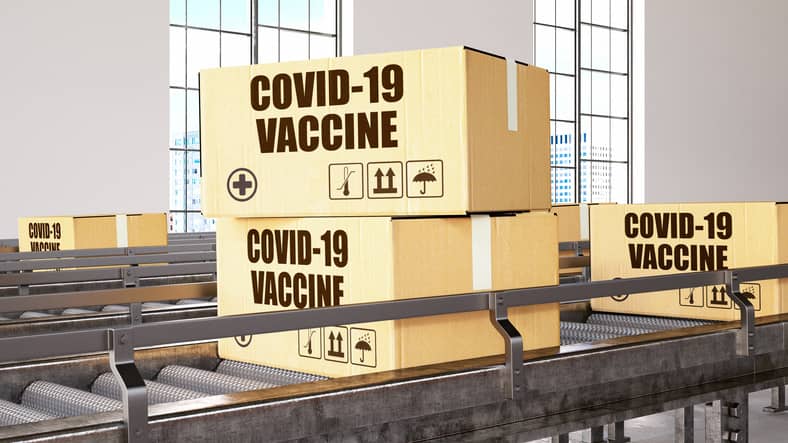Sponsored post on behalf of Michigan State University Online
Distribution centers are the rock of the supply chain.
Evolving from warehouses and throughput centers, distribution centers are driven by technology and focus on relationships with suppliers and customers. They provide transportation, labeling, and packing, order fulfillment, cross-docking, order preparation and processing, shipping, receiving, performance measurement, returned goods processing, as well as whatever other processes external and internal departments and stakeholders need.
Safe and efficient practices are necessary to reduce errors, labor and cycle time, and increase accuracy and service. Below are some guidelines distribution professionals should keep in mind:
Track Everything
Tracking all material moves and making sure that everything is put away in the right spot, from the rack to shelving, is essential. Scan all destination locations, assign locations close to pick slots where the product will be needed next and put fast-moving items in areas that are easy to access. Any step that cannot be tracked or recorded in the transaction should be eliminated or placed on a list of movements to fix.
Automate Data Collection
Recording data automatically can increase productivity and accuracy, and lower labor costs. Capturing real-time information using bar codes and radio frequency identification tags can get products off the dock quickly and reduce human issues typically caused by manual receiving, such as counting and data errors, from the tracking process. Automatic data collection also increases historical information, which allows managers to change product locations based on order consistency and picking difficulty.
Synchronize Data
Synchronizing all real-time data captured in a warehouse management system (WMS) improves company visibility and streamlines data integration. In addition to tracking SKUs, storage types and other warehouse data, using the appropriate scan validation steps is also essential to maintaining inventory accuracy.
Increase Visibility of Operations
All of this tracking, collection and synchronization data increases the visibility of warehouse operations across all departments. Using a WMS and any additional solution such as Enterprise Resource Planning software can help facilitate access to data.
Implement Vendor Compliance Programs
Require suppliers to provide detailed information like standard case quantities, advanced shipment notifications and accurate labels, such as RFID tags or barcode labels, for incoming shipments. Vendor compliance programs require distribution centers to collaborate with suppliers on merchandising and procurement. Companies will sometimes hire a vendor compliance manager to measure and monitor supplier performance.



